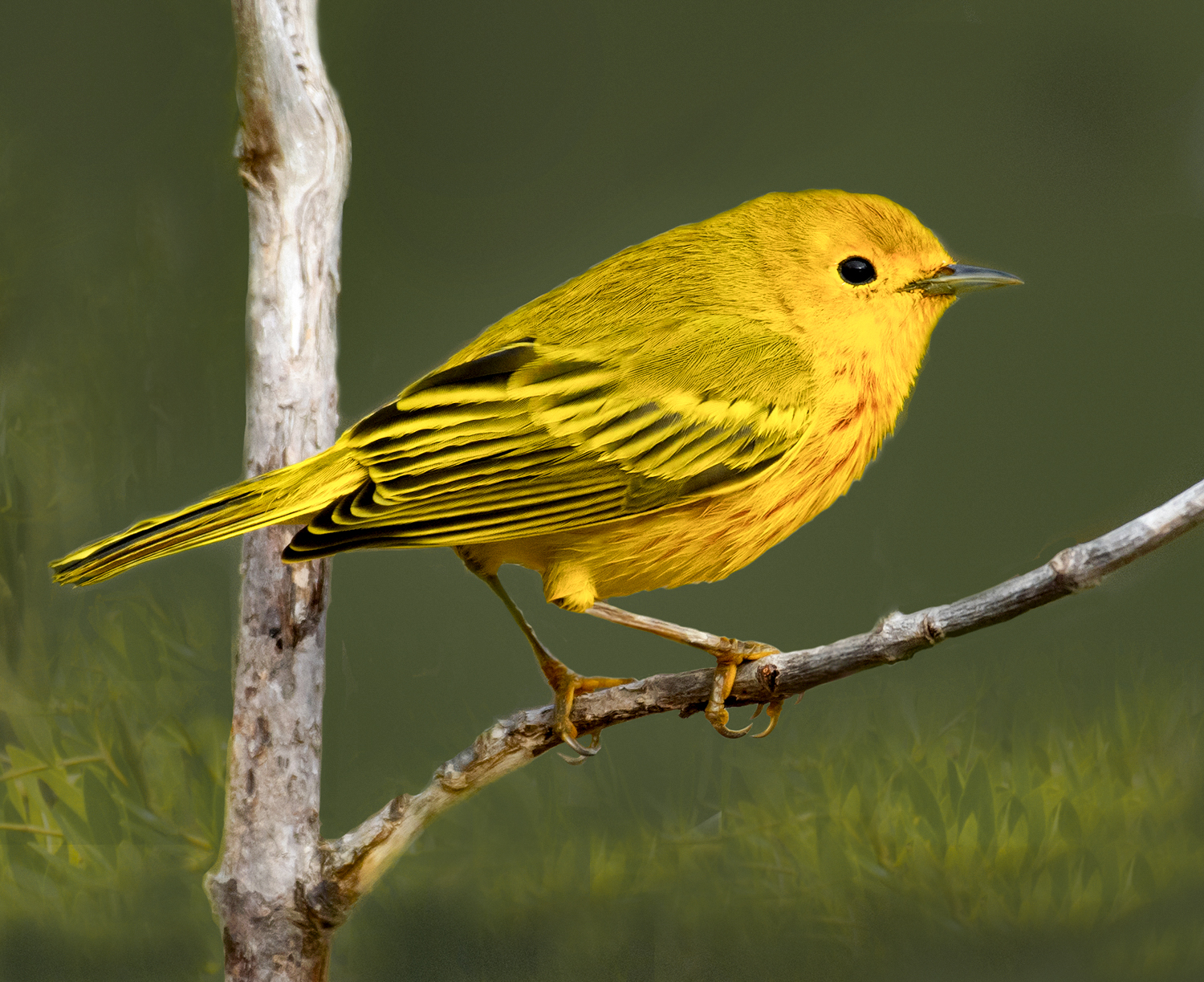
Some birds are willing to interact with people, while others prefer to avoid humans as much as possible. Bananaquits, for example, are happy to come get sugar from people’s feeders and are not shy about hanging around in the yard waiting for food. But Yellow Warblers, our only resident warblers, have no use for sugar. They are insect eaters and prefer to stay near the wetlands.
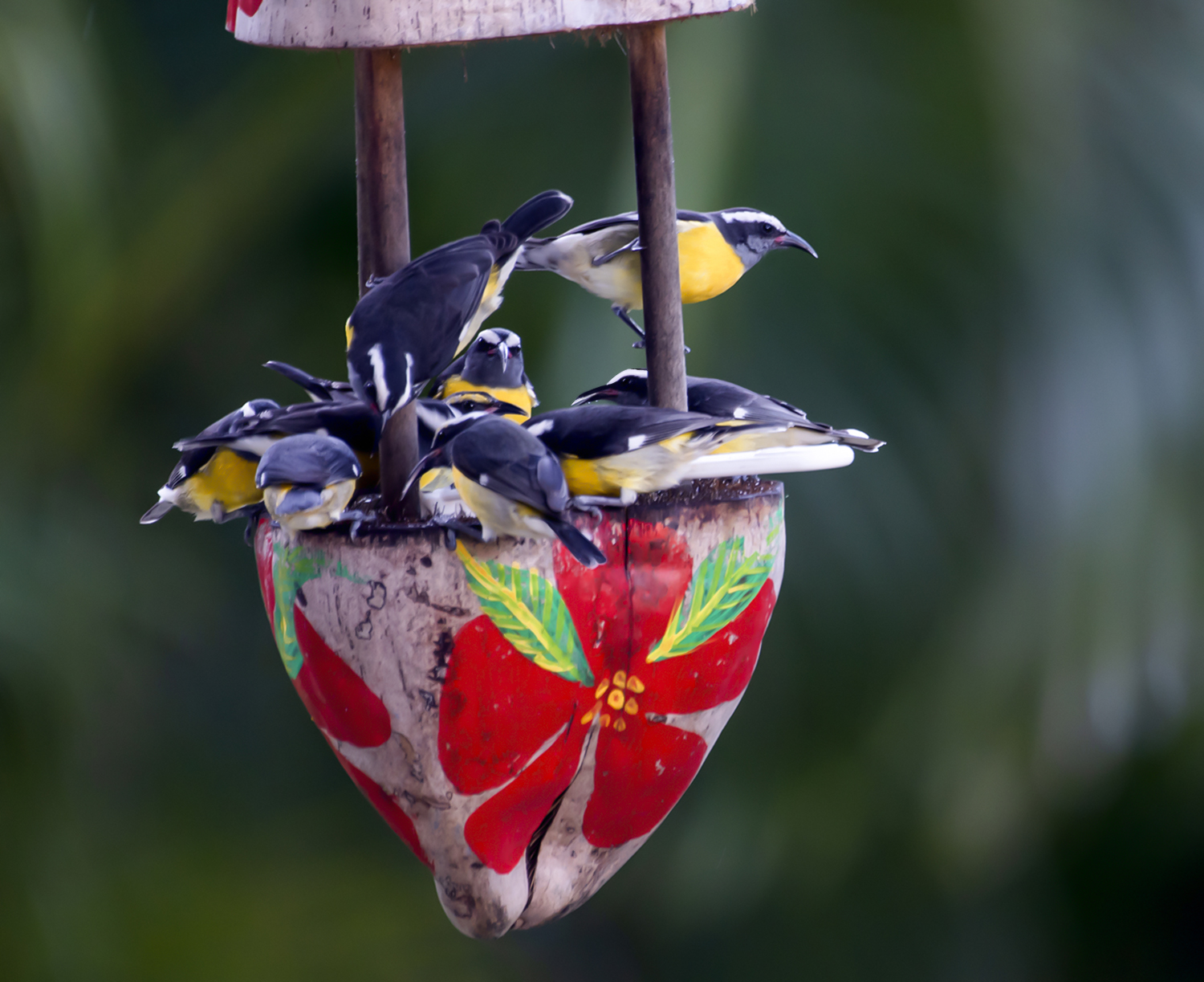
The annual Christmas bird count sponsored by the VI Audubon Society was held on December 19, 2021. Most of the people counting birds around their homes and neighborhoods checked off seeing the well-fed Bananaquits – 248 were reported – but only three people saw a Yellow Warbler. Pearly-eyed Thrashers are also very visible (88 were counted), though less appreciated than Bananaquits, because they eat the fruits in people’s yards without permission.
Many local birds are shy and secretive, though, so most people never even know they are around.
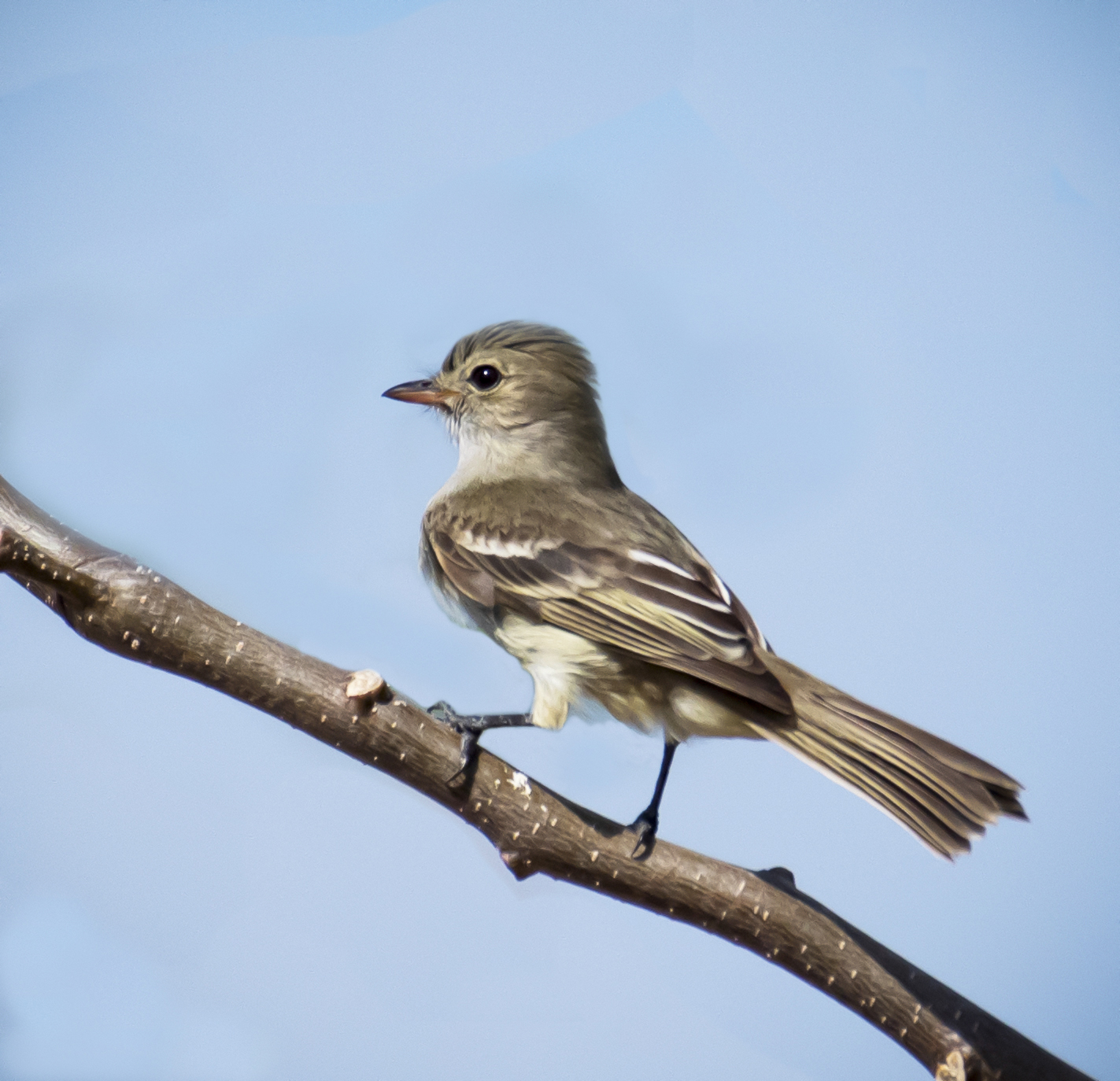
For example, it was years before I saw a Caribbean Elaenia, which is supposed to be fairly common, and even longer until I got a good photo. The first time was way out on a forest trail, and the bird was flitting around in the leaves, so I didn’t get a good look. Later, National Park Ranger Laurel Brannick heard some of them singing their special three-note song up in a dry scrubby area near her house. I waited around for a while until eventually one sat down on a branch nearby and posed for me, which was very satisfying. Besides flies and other insects, they also eat small fruits in the forest. (Only six of them were counted in 2021.)
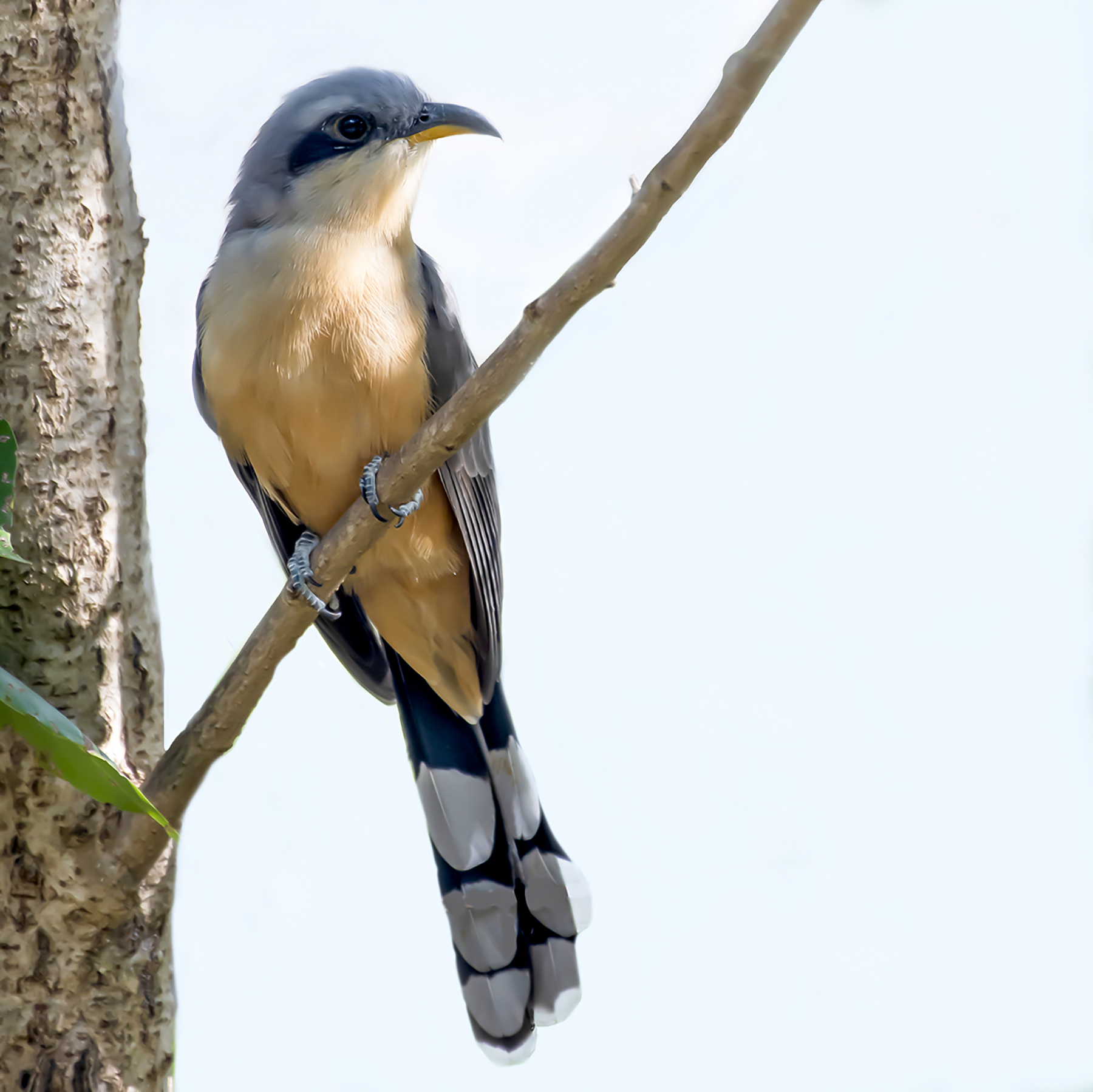
More people on St. John have seen Mangrove Cuckoos than the Caribbean Elaenia, but the cuckoos are also pretty secretive. Three were counted in 2021, and 10 the year before. They are beautiful birds, though definitely more often heard than seen. They have a long, croaking gak-gak-gak song that some people say sounds like a monkey howling. Though they mostly hang around in the mangroves searching for caterpillars, spiders, lizards, and berries, they can also sometimes be found or heard at higher elevations.
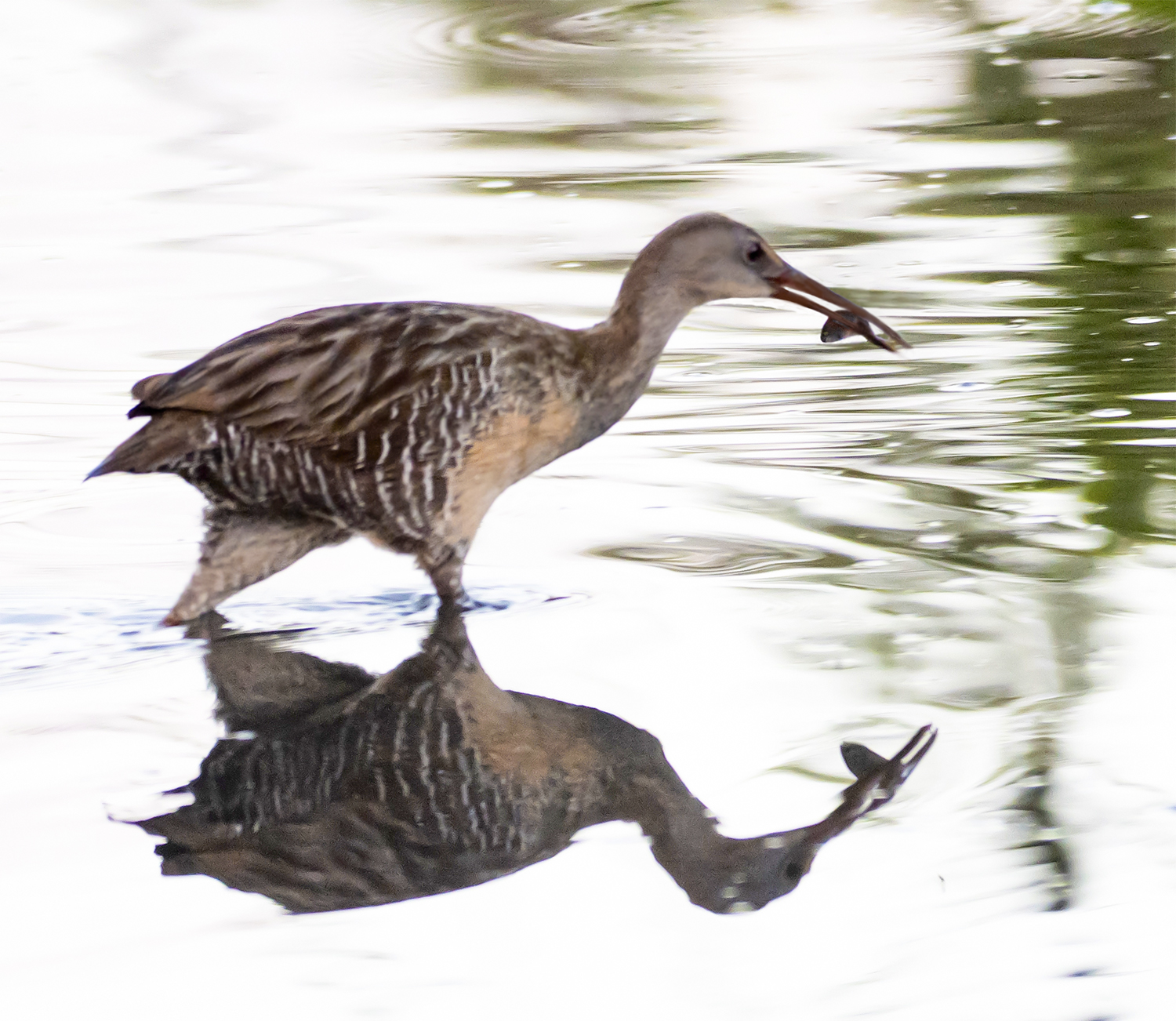
While White-cheeked Pintail ducks (147 counted) and Black-necked Stilts (52) tend to be easily visible swimming in island ponds, Clapper Rails usually stick to the edges, skulking through the mangroves. (Only four were counted.) Though their calls are loud and clattering, it took several years of bird watching before I saw one out in the open. They are about the size of chickens, with long bills that they use to poke in the mud for fiddler crabs and insects. They will also sometimes run out into the pond to grab a small fish.
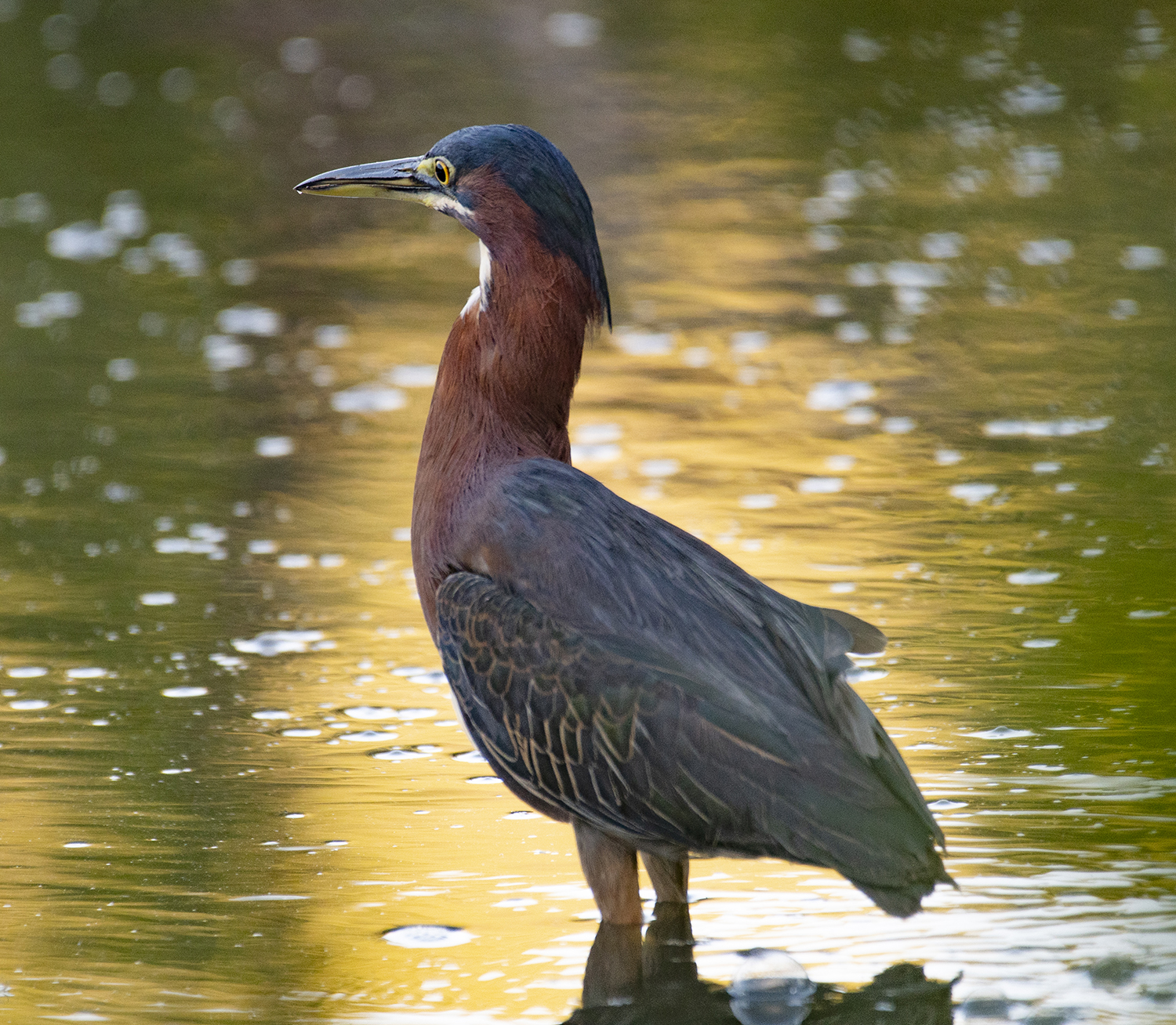
Green herons keep watch over their ponds, cackling out warnings when strange birds or other intruders appear. They catch fish but are not swimmers. Instead, a Green Heron will wade out, or walk along a low branch, and watch carefully for motion in the water, then stretching out its neck really quickly to make a strike. Or it walks along the edge poking around for fiddler crabs and insects. Green Herons don’t go far from their ponds and sound an alarm if people get too close. Seven were counted in 2021.
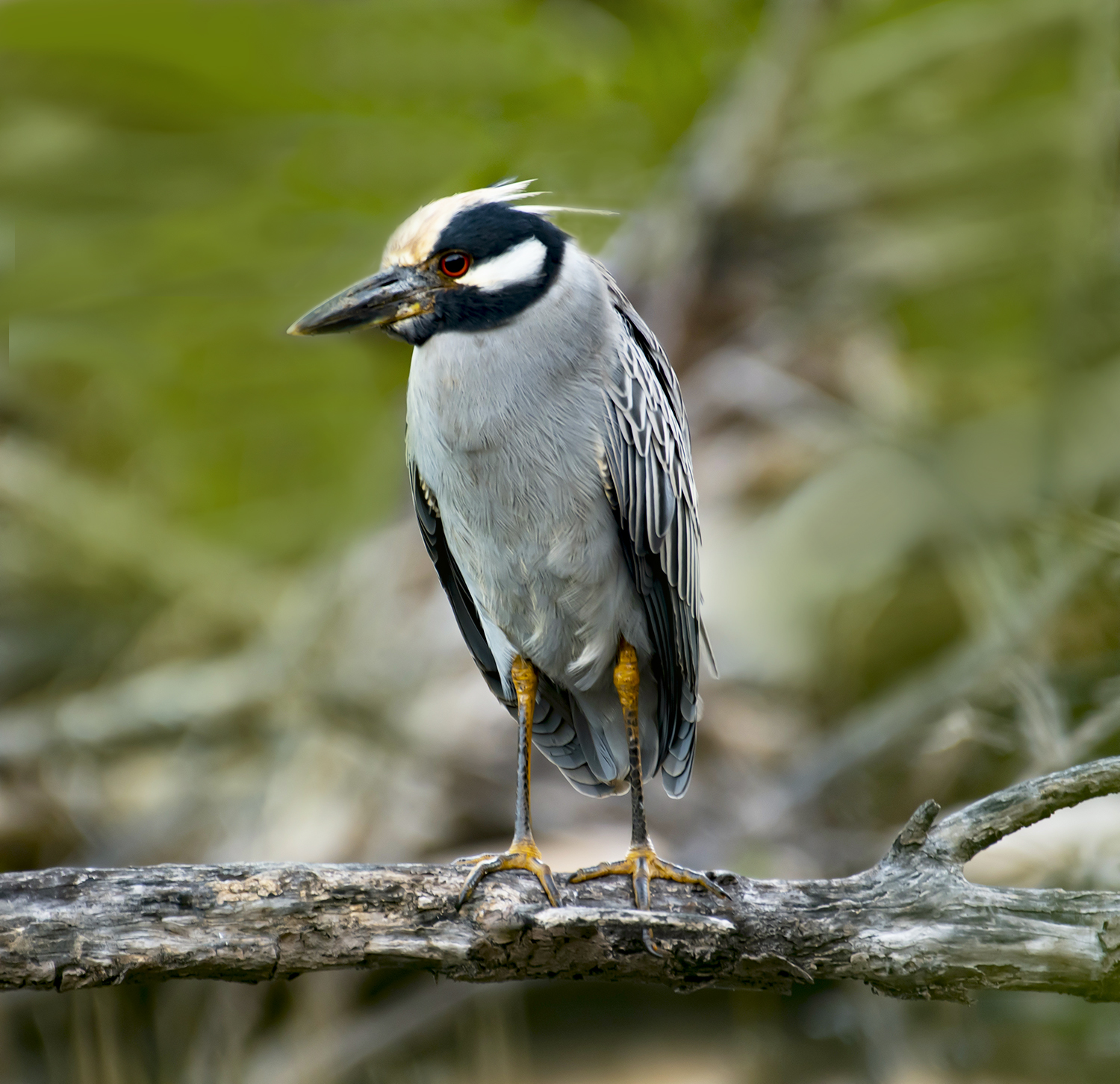
A Yellow-crowned Night Heron hunts the land crabs that come out at night, stabbing holes in their shells with its thick bill. The night herons usually hide out during the day and rest, and you mostly only see one when you enter its territory and disturb it. They don’t seem particularly frightened though and will stay nearby to see what’s going on. Three were seen on the count day.
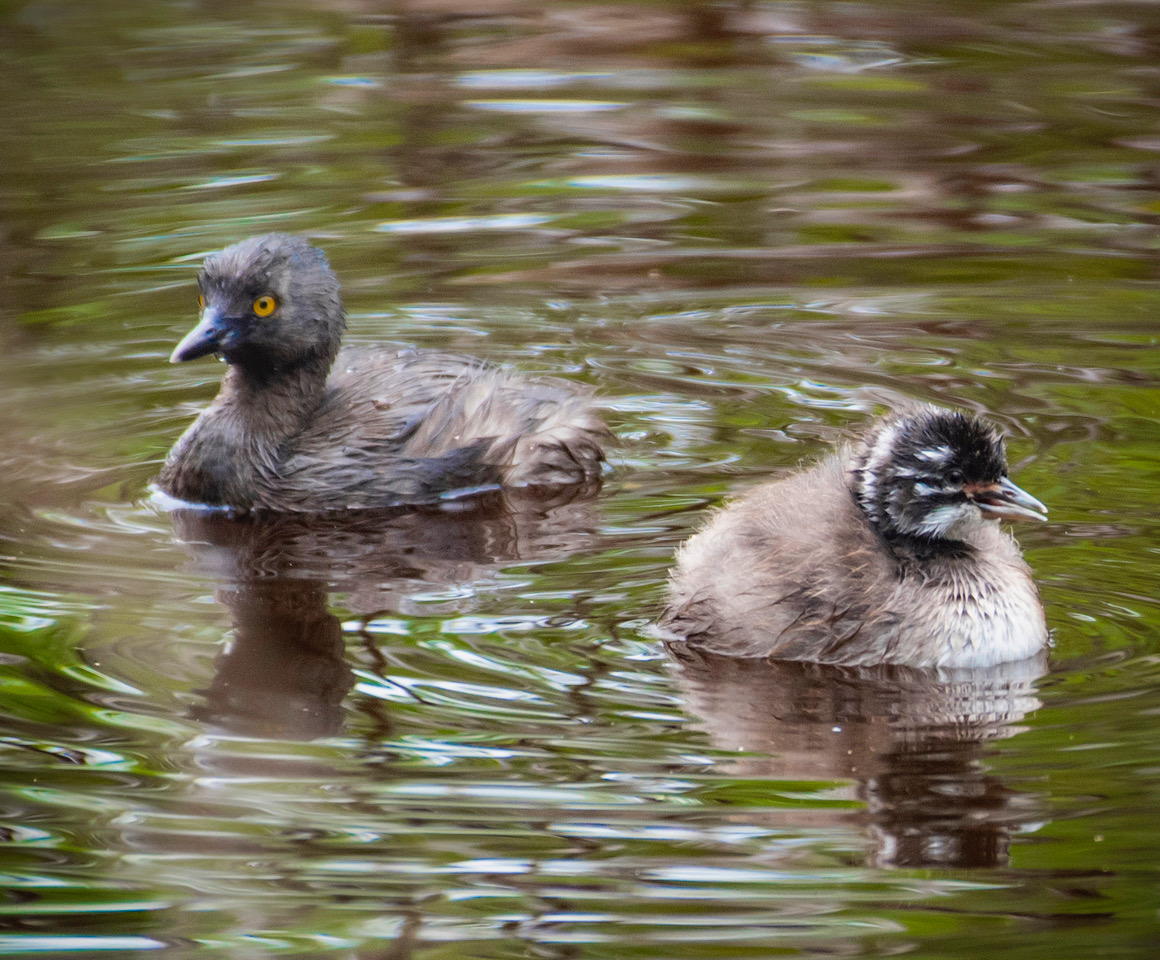
I have seen a family of Least Grebes in a small pond across from a heavily used beach, in plain view but invisible to most people walking by. Others are likely hidden in other ponds around the island. Three were counted for 2021, and eight the year before. These are attractive diving ducks with golden eyes. They mostly eat aquatic insects.
These are just a few of the resident birds sharing the islands. They may be hidden from many of us, but it is important to know that they are here too, and worthy of respect. I am always delighted when I can quietly share their spaces for a little while.
___________________________________________________________
Gail Karlsson is an environmental lawyer, writer and photographer. She is the author of The Wild Life in an Island House, plus the guide book Learning About Trees and Plants – A Project of the Unitarian Universalist Fellowship of St. John, and has just published A Birds’ Guide to The Battery and New York Harbor. Follow her on Instagram @gailkarlsson and gvkarlsson.blogspot.com.


